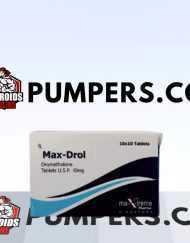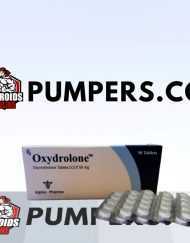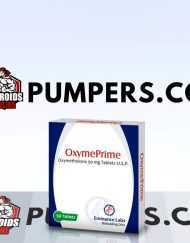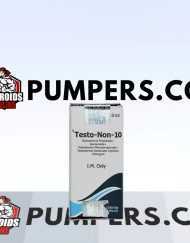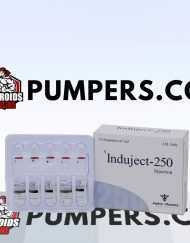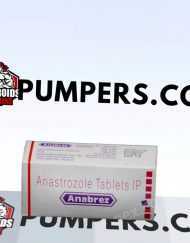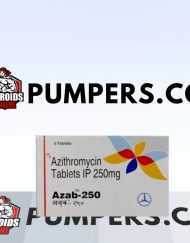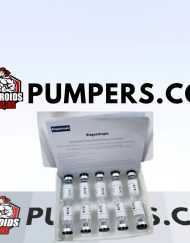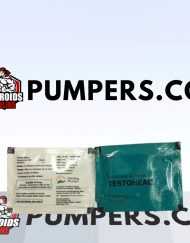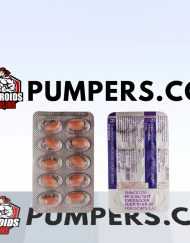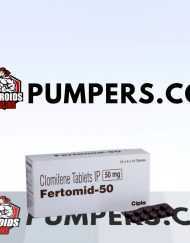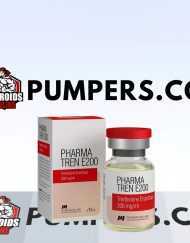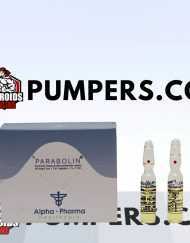Oxymetholone
Oxymetholone (commonly called by athletes “Anadrol”) was initially developed as a compound to help people with anemia, and has since been used very successfully to aid people who are suffering from many other diseases where weight loss is a concern. Thus, it is clearly an effective agent for promoting weight gain, increasing appetite, gaining strength, and increasing Red Blood Cell count. And, as with most Anabolic/Androgenic Steroids (AAS), it has its downsides as well. Oxymetholone will inhibit your body’s natural production of hormones (testosterone, etc ), will negatively affect your blood lipid profile, can cause water retention, is notorious for causing headaches, and is also highly liver toxic (in fact, it has the worst reputation for hepatoxicity out of all steroids). Paradoxically, although one the benefits touted by its original manufacturer (Syntex) is that it can be used to stimulate weight gain through increasing appetite, taking too much may actually inhibit your appetite!
What is Oxymetholone?
Oxymetholone hormone known, as Anadrol, is a dihydrotestosterone (DHT) derived anabolic steroid that is closely related to methyldihydrotestosterone. Specifically, Oxymetholone is DHT with an added 2-hydroxymethylene group, which greatly enhances its anabolic activity. It is also a C17-alpha alkylated (C17-aa) anabolic steroid. This refers to a structural change of the hormone at the 17th carbon position that allows it to be orally ingested. Without the change the majority of the hormone would be destroyed before any benefit could be obtained. Unfortunately, this also makes Anadrol toxic to the liver.
Side Effects of Oxymetholone
With regard to harsh side effects sometimes perceived in bodybuilding, this principally or only occurs when estrogen levels are elevated. While Oxymetholone does not itself aromatize and does not have estrogenic activity, it may be that it can interfere with estrogen metabolism. Whether that it is the cause of the problem or not, keeping estradiol levels under control keeps Anadrol similar in side effects to other oral steroids. Estradiol levels may be kept under control either by using an aromatase inhibitor such as Letrozole or Anastrozole, or by limiting use of aromatizing steroids such as testosterone.

